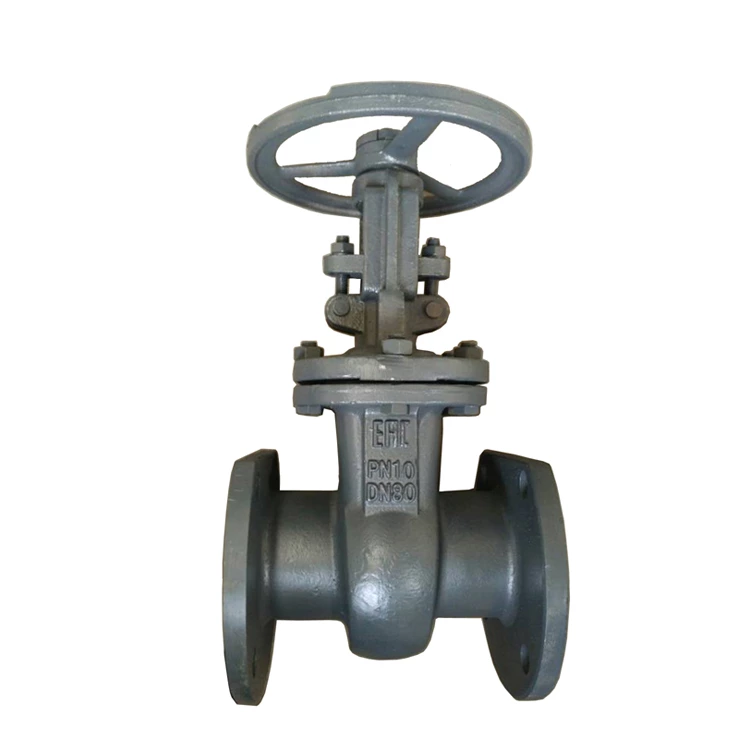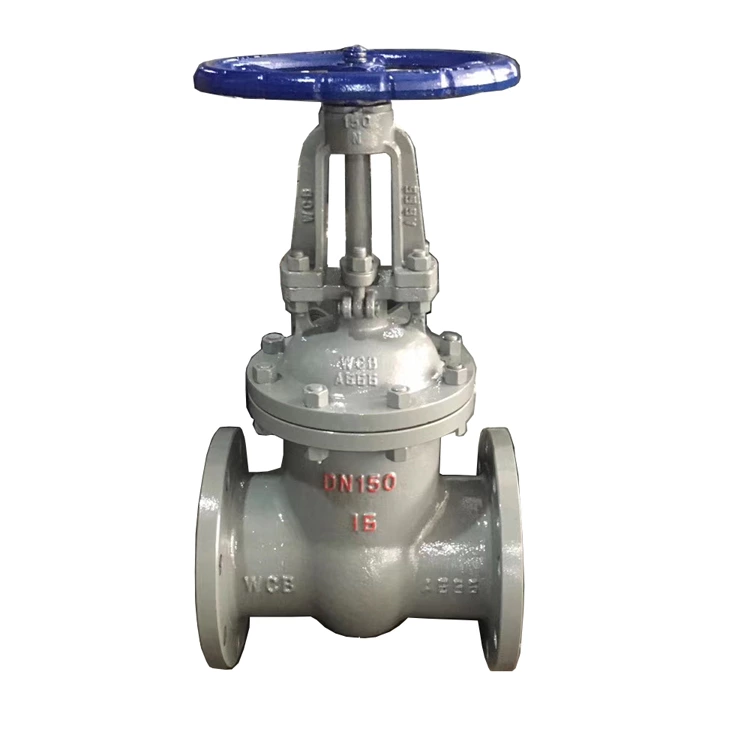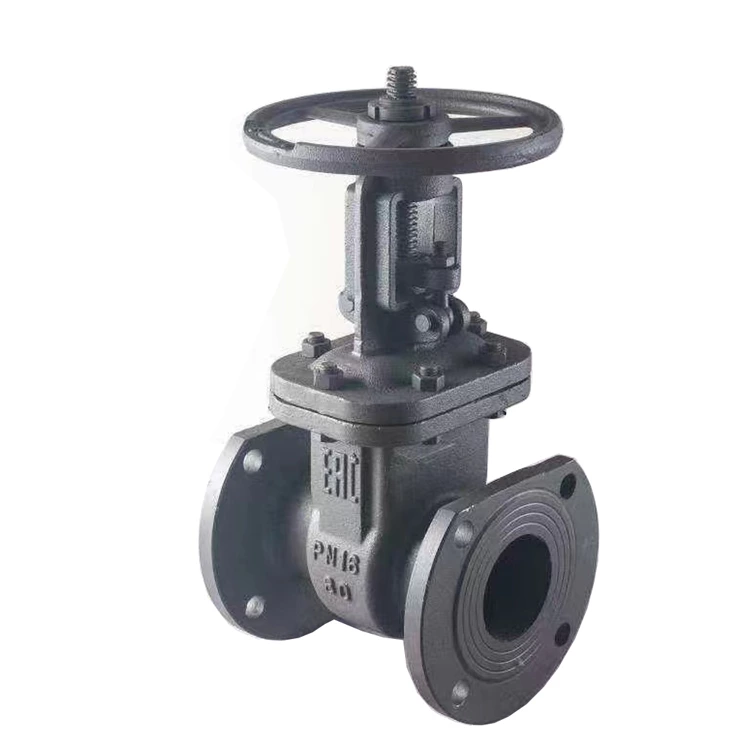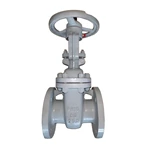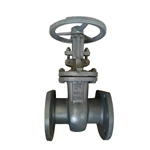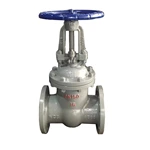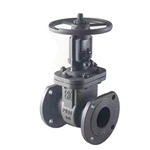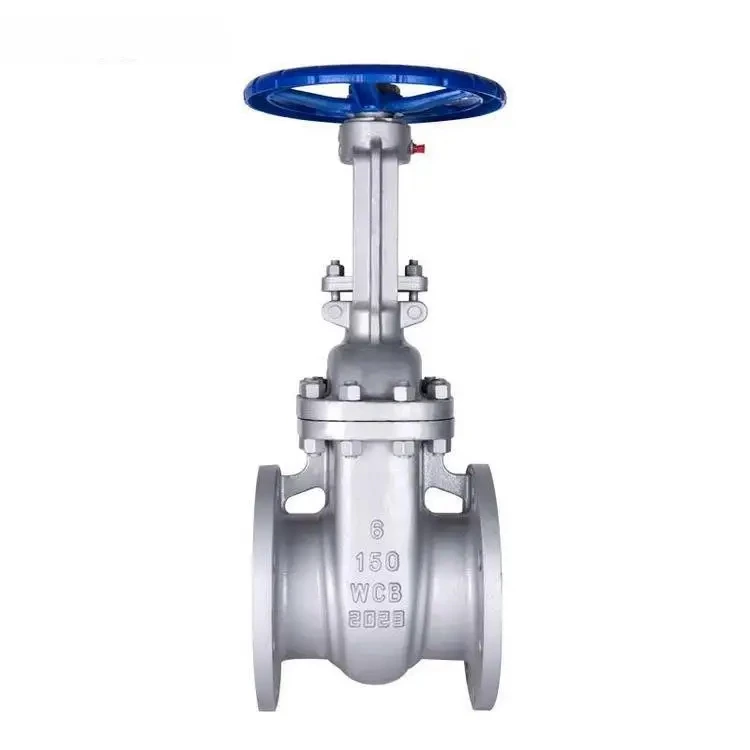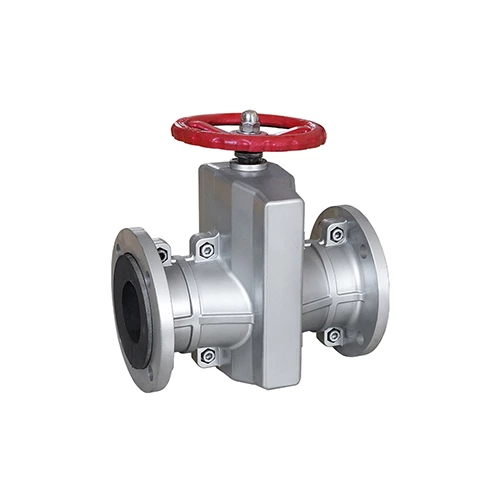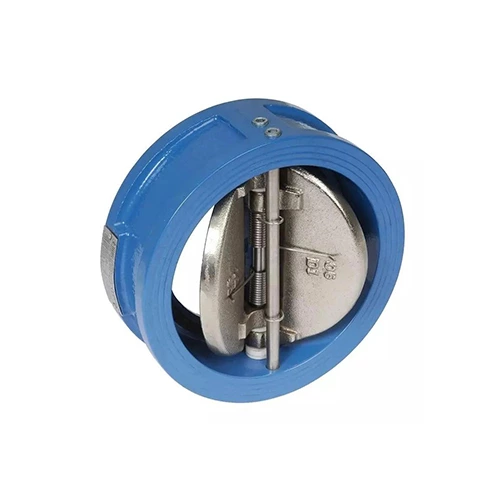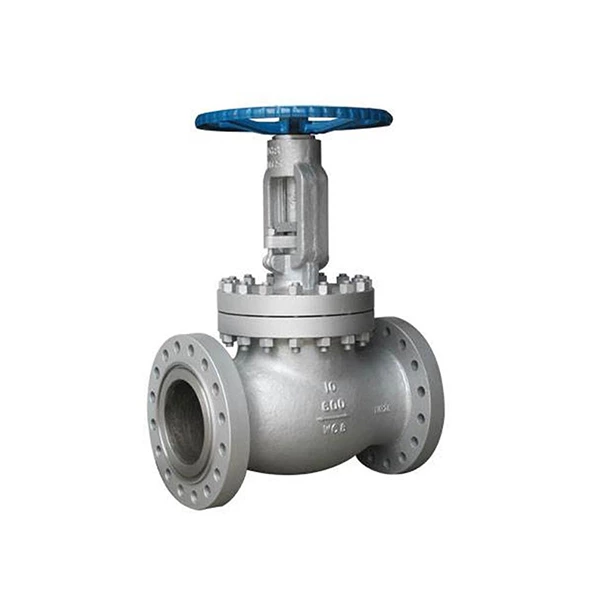Russian Standard Cast steel Gate Valve
- PN:
- 16~250
- DN:
- 15~1400
- Material:
- WCB, A105, LCC, LF2, 20ГЛ, 20ГМЛ, SS304, SS321, SS316, SS316Ti
- DRIVE:
- Manual, Electric, Pneumatic
- Connection:
- Flange, Welded, Threaded
- Medium:
- Water, steam, oil, chemical
1. Definition and Function
The Russian standard gate valve is a gate valve designed and manufactured according to the Russian national standard (GOST standard). It is used to control the flow of the medium and is usually used to cut off or connect the medium in the pipeline.
2. Structural features
-
Valve body material: According to the working conditions, the valve body material can be cast steel, stainless steel, alloy steel, etc.
-
Gate: Mostly parallel or wedge-shaped designs to ensure good sealing.
-
Sealing surface: Use suitable materials (such as stainless steel, hard alloy, etc.) to improve wear resistance and sealing performance.
-
Valve stem: Made of high-quality stainless steel or alloy steel, with high strength and corrosion resistance.
3. Advantages
-
Standardization: Manufactured strictly in accordance with GOST standards to ensure product consistency and reliability.
-
Good sealing performance: two-way sealing design ensures no leakage of the medium.
-
Resistant to high temperature and high pressure: suitable for high temperature and high pressure working conditions, with a long service life.
-
Easy to operate: quick opening and closing, flexible operation, suitable for frequent operation.
4. Application areas
Russian standard gate valves are widely used in the fields of petroleum, natural gas, chemical industry, electric power, metallurgy, water supply, etc., especially in Russia and other countries and regions that use Russian standards.
5. Selection considerations
-
Pressure level: Select the appropriate pressure level according to the actual working conditions. Common ones are PN16, PN25, PN40, etc.
-
Valve size: Select the appropriate valve size based on the pipeline size and flow requirements. Common ones include DN50, DN100, DN150, etc.
-
Operation mode: Manual, electric, pneumatic and other operation modes can be selected, depending on the actual application needs.
-
Material: Select appropriate valve body and sealing materials according to the medium characteristics and working temperature to ensure the corrosion resistance and wear resistance of the valve.
6. Maintenance and care
-
Regular inspection: Regularly check the sealing performance and operational flexibility of the valve, and deal with any problems found in a timely manner.
-
Lubrication and maintenance: Lubricate the valve stem and other moving parts regularly to reduce wear and ensure smooth operation.
-
Anti-corrosion measures: For valves used in corrosive media, anti-corrosion measures should be taken, and vulnerable parts should be replaced regularly to extend their service life.
Get in Touch
Contact Us
325025,No. 588, Binhai Erdao 10th Road, Longwan District, Wenzhou City, Zhejiang Province


